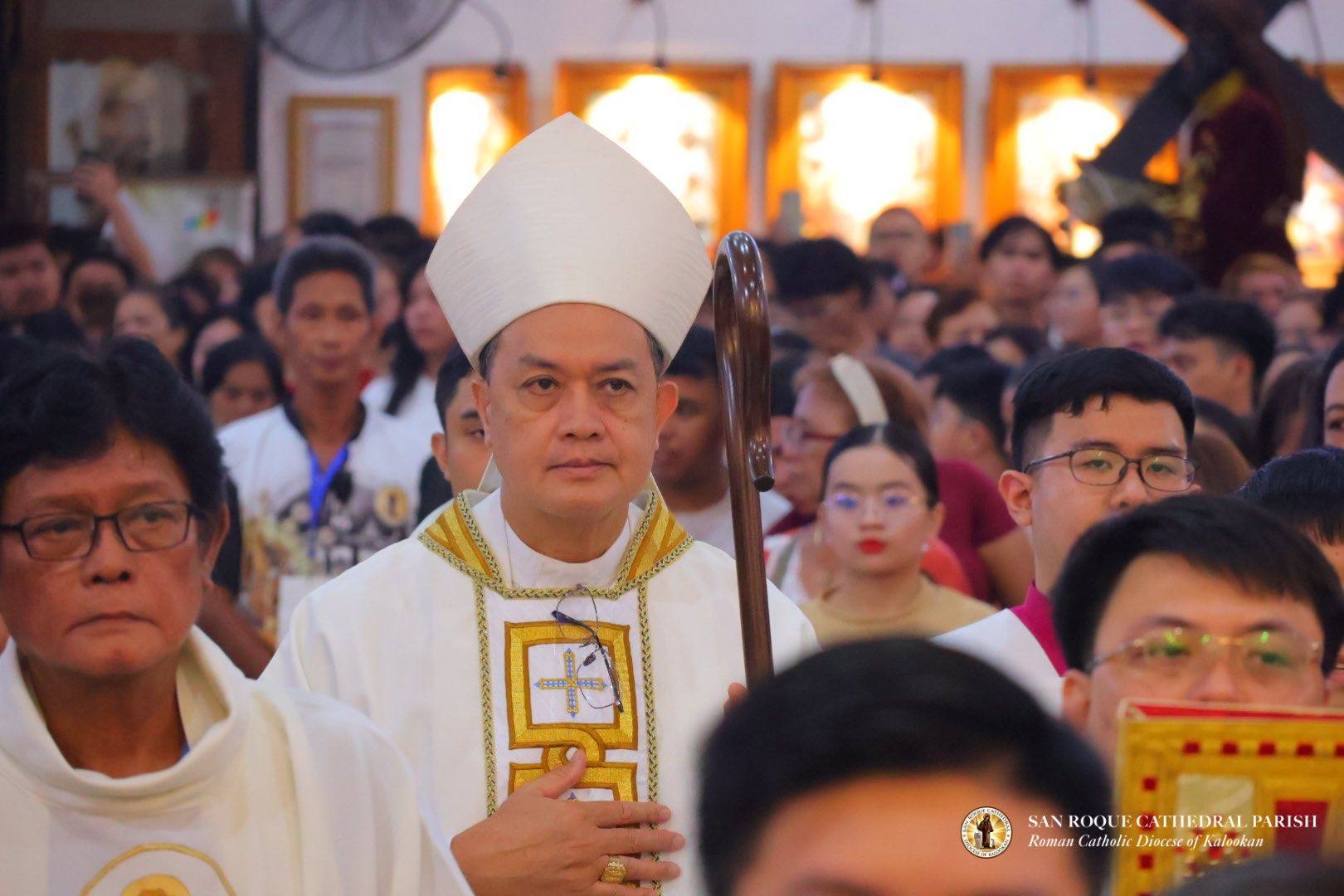There is no better teacher or witness to prayer than Jesus Christ. This point is emphasized throughout the written gospels. The evangelists want to reveal to us that the Lord was a man of deep prayer and union with the Father, in both his divine and human nature.
As such, the gospel books contain heart-warming, provocative, and encouraging accounts of the Lord Jesus in prayer.
The Catechism of the Catholic Church echoes two such prayerful accounts with the introduction: “The evangelists have preserved two more explicit prayers offered by Christ during his public ministry. Each begins with thanksgiving.”
The Lord’s moments of prayer begin with thanksgiving. This initial point itself is a strong challenge to wayward or incomplete notions of prayer. Prayer is not principally about supplication and intercession. Prayer is about communion with God and – when fully lived – our prayer spontaneously begins with thanksgiving and it marked by an undercurrent of love and gratitude.
The Catechism elaborates on its first selected moment of prayer in the Lord’s life. The account is taken from chapter eleven of Matthew’s gospel. It is placed within the context of the Lord’s public ministry right between his woes for the unrepentant cities and the plucking of grain on the Sabbath by his disciples. It is a consoling glimpse into the interior life of our Lord’s human soul, as he admonishes those who reject him and begins to reveal himself as the Messiah, the Lord of the Sabbath.
The Catechism explains us: “ In the first, Jesus confesses the Father, acknowledges, and blesses him because he has hidden the mysteries of the Kingdom from those who think themselves learned and has revealed them to infants, the poor of the Beatitudes. His exclamation, ‘Yes, Father!’ expresses the depth of his heart, his adherence to the Father’s ‘good pleasure,’ echoing his mother’s Fiat at the time of his conception and prefiguring what he will say to the Father in his agony.”
In its teachings, the Catechism describes his prayer by referencing his conception in the womb, through the fiat of his mother, and the cries he offers in Gethsemane as he begins his passion and prepares for his death. In summary, the Catechism is teaching us that the Lord’s entire life – from beginning to end – was consumed in prayer.
The Catechism further stresses the connection between obedience and prayer in the life of the Lord: “The whole prayer of Jesus is contained in this loving adherence of his human heart to the mystery of the will of the Father.”
After explaining this first moment of prayer, the Catechism moves to its second selected moment of prayer in the Lord’s life. This is the prayer of the Lord Jesus before Lazarus’ tomb that’s contained on chapter eleven of St. John’s Gospel. The Lord Jesus prays aloud so that all may hear and know that he is loved by God the Father and has been sent by the Father.
In describing the scene, the Catechism teaches: “The second prayer, before the raising of Lazarus, is recorded by St. John. Thanksgiving precedes the event: ‘Father, I thank you for having heard me,’ which implies that the Father always hears his petitions. Jesus immediately adds: ‘I know that you always hear me,’ which implies that Jesus, on his part, constantly made such petitions. Jesus’ prayer, characterized by thanksgiving, reveals to us how to ask: before the gift is given, Jesus commits himself to the One who in giving gives himself. the Giver is more precious than the gift; he is the ‘treasure’; in him abides his Son’s heart; the gift is given ‘as well.”
The Son was always in prayer before the Father and the Father always hears and receives the Son. As with the Lord Jesus – the Son by nature – so with each of us, the sons and daughters of God by the grace of adoption. We are to pray constantly and have confidence in the Father’s closeness and goodness to us.
At this point, the Catechism breaks form and addresses the reader directly. In giving two accounts of the Lord Jesus at prayer, it acknowledges why it has not selected the High Priestly Prayer for this catechesis and explains that it will be addressed later in the volume: “The priestly prayer of Jesus holds a unique place in the economy of salvation. A meditation on it will conclude Section One. It reveals the ever present prayer of our High Priest and, at the same time, contains what he teaches us about our prayer to our Father, which will be developed in Section Two.”
The images, words, and witness of the Lord Jesus at prayer assist us in seeing prayer as an opportunity for encountering God, speaking and listening to him, being consoled by his presence and rejoicing in his love. As the Lord was a man of prayer, so each of us are called to do our best – stumble as we might – to be a people of prayer.













